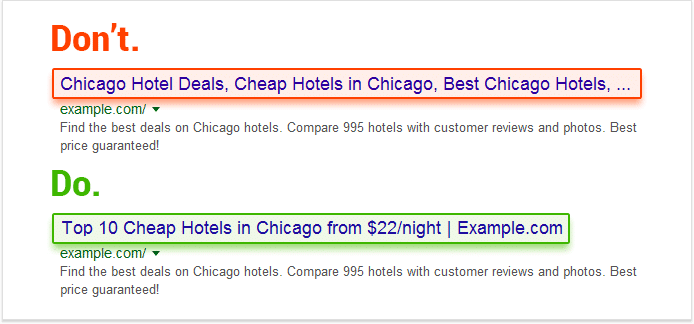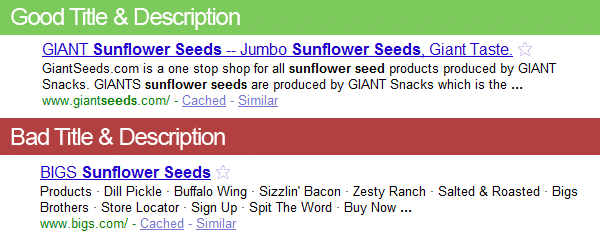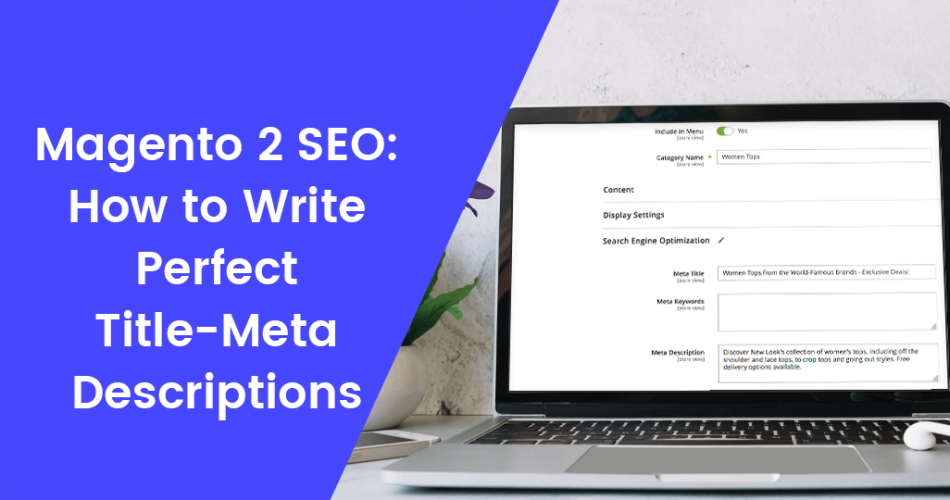Hello, Friends!
Do you ever stumble across questions like what is a title? What does meta description mean? How to use it? Does title and meta description work in search engine optimization? Do not stress over it because today we are here to solve a to z of your queries related to meta title tags and meta descriptions.
SEO demands entirely intricate knowledge. But one point is constant – Meta Title and Meta descriptions. These two elements are the preliminary amongst a website and a search engine. Using these two elements, google can easily determine the information about the site page and to what extent the user’s search results are matching with the content.
The meta title and meta descriptions are significant because the first thing that one sees is the name and the description and it ultimately depicts your product and what you do. Another notable feature about title and description is that it gives a brief presentation about your blog, product, category, or CMS.
We will proceed gradually but steadily. So, let’s dive right in!
Contents
What does the title tag and meta description mean?
Titles are nothing complex but a simple and to-the-point way of telling the visitors of your site about what your blog or product is about in a very condensed and precise way possible. The blue link below depicts the title tag. And the brief section of the paragraph below the page URL of the search result is the meta description. Also termed as a snippet.

Image Source: researchgate
There are different other places where your title and meta description appears. On your browser tab, and also when your articles are shared via different websites or social media platforms.
Title Tag
From the SEO perspective, title tags are the second most significant on-page factor after content according to Moz. The title tag is the first element and is to be added inside the head section of your HTML document. Let’s take an example:
|
1 2 3 4 5 |
<html> <head> <title>this is a demo title</title> </head> </html> |
In content management systems like WordPress, the title tag can be found in the general settings. In SEO plug-ins such as Yoast, a title tag can be added from the SEO title section and you are also able to look at the preview of how it will appear on the search engine results page (SERP).
Looking at your title, the searcher decides whether to hit mouse click on your site link or not. So, the most vital part is to stay crucial in deciding the right title for your webpage. And the closer you keep a keyword, the higher are the chances of getting ranked on top. Another important factor is that the titles you create must be human-readable – simple and clear.
Key takeaways for a perfect Title Tag:
- Keep the length of the title tag not exceeding 50-60 characters, after the involvement of spaces.
- Start the title with the most important and targeted keyword, followed by the least important keyword at the last.
- The title tag must be unique and not duplicated.
- The title tag must be appropriate in view of the content in a concise manner.
- Avoid stuffing the title tag with keywords.
- The h1 tag and the title tag should be dissimilar.
- Make use of numbers in your title.
- Embed power words like How | tips | Find | Buy | Easy | Best | Review | The Current Year to title tags to seize the attention of your consumers.
Let us take a look at the below image and understand the do’s and don’ts to make a perfect title.

Image Source: SEO PowerSuite
Meta Description
A Meta Description is primarily a short version of your webpage which is used to display the content. It is displayed at various places such as below the URL of your page in the search results and when your articles are shared via different social media platforms and websites. Meta description is placed under the <head>section of your HTML document. Let us glance at the example underneath:
|
1 2 3 4 5 |
<html> <head> <meta name=”description” content=” we are displaying the example of a perfect meta description.”> </head> </html> |
In SEO plug-ins such as Yoast, a Meta Description can be added from the meta description section and you are also able to look at the preview of how it will appear on the search engine results page (SERP).
You need to write meta descriptions that are engaging, relevant, and detailed to ultimately increase The click-through rates of your web page. Meta descriptions should not be badly written or avoided. However, Google has declared that it will not use the meta descriptions as the ranking signal but still, it is a very notable part in order to enhance your click-through rates.
Key takeaways for a perfect Meta Description:
- Keep the length of the Meta description not exceeding 135-160 characters. Length longer than that will result in cutting your meta description by Google.
- All the Meta descriptions must be unique and not duplicated just like the title tags.
- Write keeping in mind your user’s value and influence them to click your link.
- Strategically give solutions to a problem.
- Meta descriptions should be written in follow-up to the title.
- Keywords like Explore | Learn More About | Find Out, etc.
- include only the secret look of the webpage that makes the user curious to click the link and read more.
Example of a good and bad Title & Description

Image Source: Zonealarm
Bottom Line:
So, here we conclude with our today’s blog on How To Write Perfect Title-Meta Descriptions (With Examples). We hope this helps you all in writing the perfect title and meta descriptions for your webpage. Please feel comfortable asking any queries in the comments section below! Share this article with your E-commerce buddies and across all your social media platforms. Have a lovely day!

